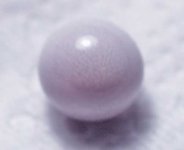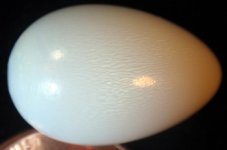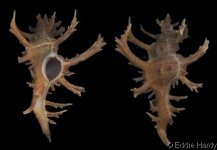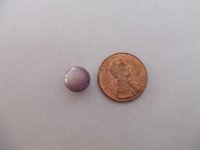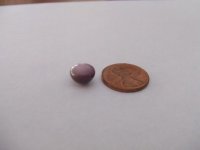Only Natural Pearls
New Member
- Joined
- Aug 22, 2010
- Messages
- 24
Hi, this is my first posting on here although I have been lurking with great interest for a while now.
I would very much appreciate the Forum's views as to what mollusk the following pearl, which weighs 4.54ct, could be from. I have had it certificated by GIA but it simply came back 'Natural Pearl, Saltwater, Mollusk Undetermined'.
From my side at least, I have not seen this combination of a purplish grey colour together with a clear and beautiful flame patter.
All advice and feedback most welcome !
I would very much appreciate the Forum's views as to what mollusk the following pearl, which weighs 4.54ct, could be from. I have had it certificated by GIA but it simply came back 'Natural Pearl, Saltwater, Mollusk Undetermined'.
From my side at least, I have not seen this combination of a purplish grey colour together with a clear and beautiful flame patter.
All advice and feedback most welcome !

